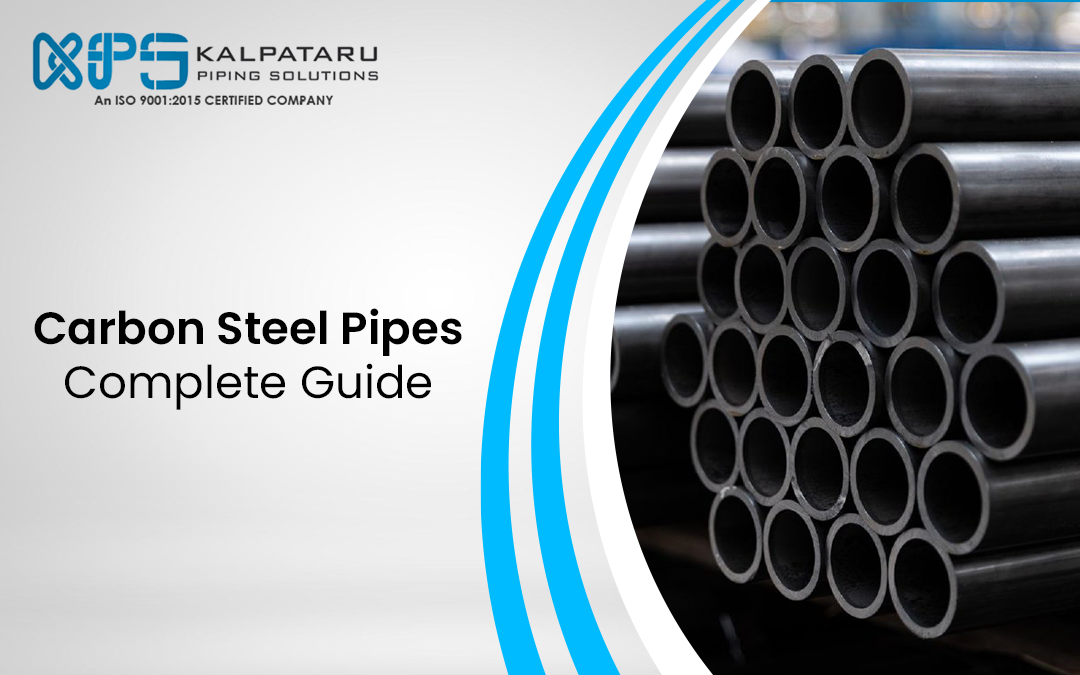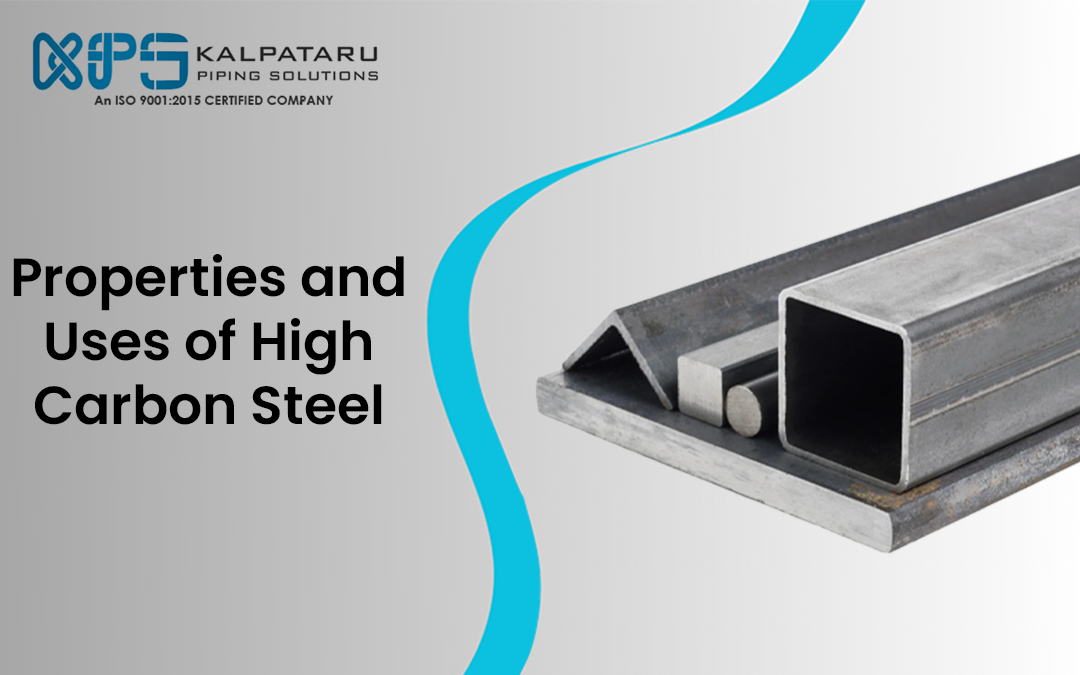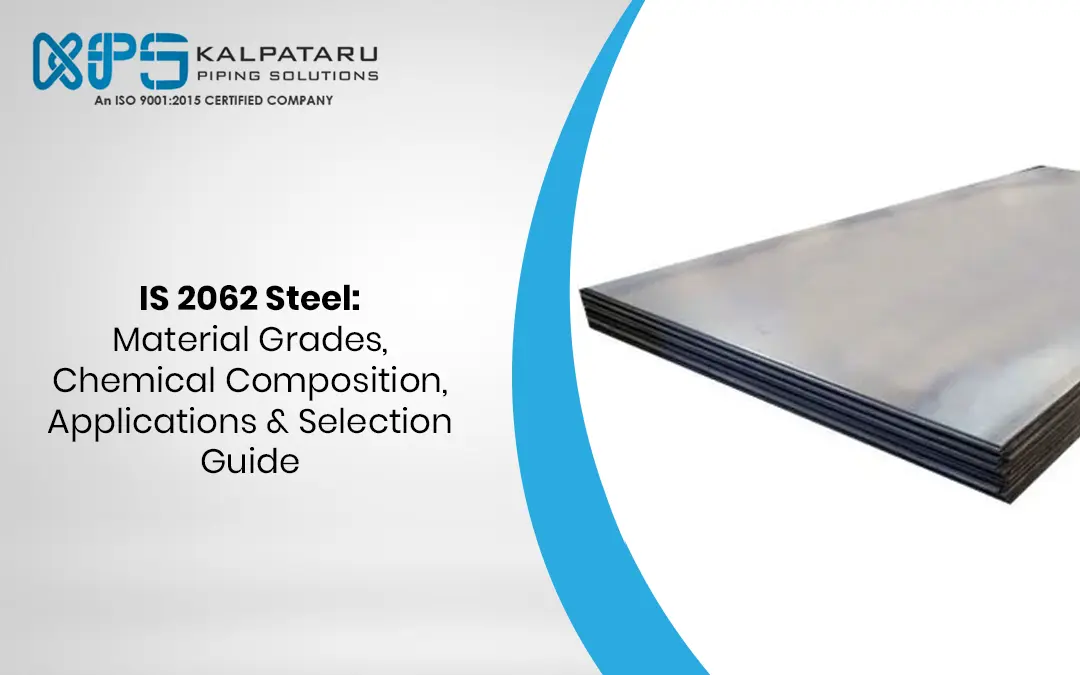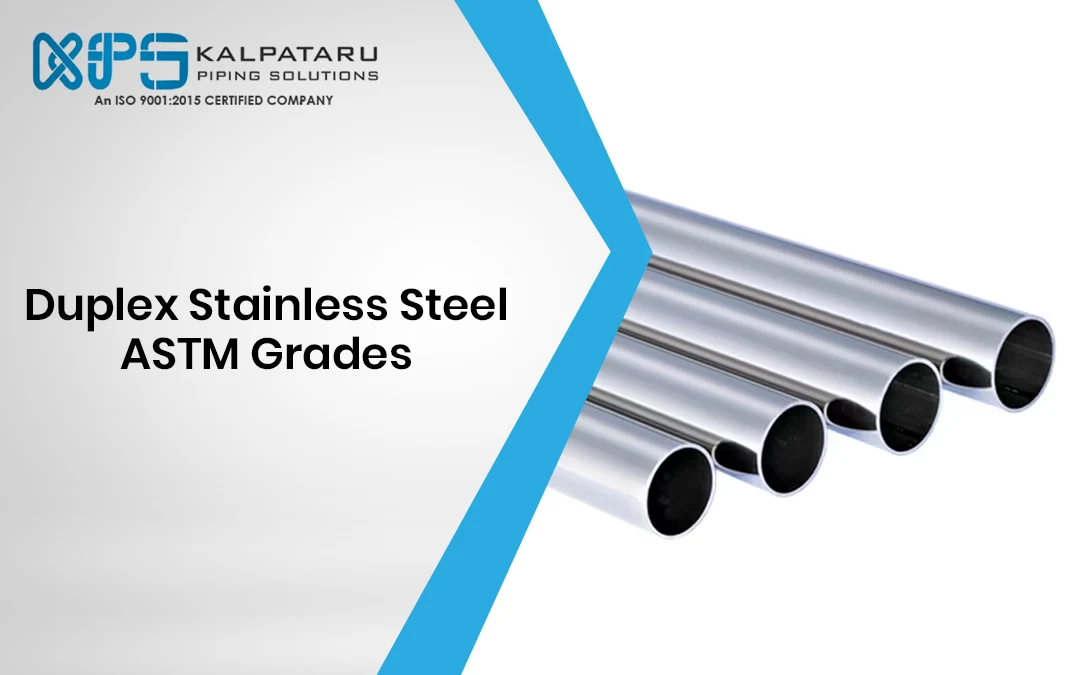Are you looking for a strong and reliable pipe material for your project? Carbon steel could be the perfect choice. This tough and versatile metal is great for many types of piping jobs. In this blog, we’ll explain what carbon steel pipes are, their key features. Carbon steel pipes, also known as CS pipes, are made from steel ingots or solid round bars. Read on to learn more about the benefits and uses of carbon steel pipes and why they might be right for you.
What are Carbon Steel Pipes?
Carbon steel pipe is made from iron and carbon, created by melting metals and shaping them into solid, cylindrical sections. It’s widely used in industries like oil and gas, plumbing, construction, energy pipelines, and automotive because it resists corrosion well.CS Pipe can handle temperature changes and different pressures, making them ideal for transporting fluids or gasses over long distances. CS pipes are crucial for modern infrastructure and can withstand tough conditions, making them essential for safe and reliable industrial operations.
Check Out Our Detailed Blog on – What is Carbon Steel?
Benefits of Using Carbon Steel Pipes
Carbon steel pipes offer many advantages over other materials. They are reliable and cost-effective, making them a great choice for various projects. CS Pipes’s durability reduces the need for frequent maintenance, as they can handle the wear and tear over time. They also don’t need special coatings or sealants to protect against weather like rain or snow, which simplifies installation and cuts down on maintenance costs. Additionally, CS Pipes are recyclable, so they can be used in future projects, supporting sustainable practices.
Get in touch with us for more details.
Properties of Carbon Steel Pipes
The main property of carbon steel pipes is their strength. They are very resistant to rust, making them great for different industries. CS pipes can handle high pressure and temperatures, so they’re effective for moving gases and liquids. There are different grades of carbon steel pipes for various uses. Low-carbon steel pipes are good for situations where you need strong resistance to stress cracking, while high-carbon steel pipes are better for applications needing extra strength and corrosion resistance. Find Out More in Our Blog – Properties and Uses of High Carbon SteelCorrosion Rate
The corrosion rate of carbon steel pipes is influenced by factors like the installation environment (indoor vs. outdoor), water quality, and ventilation. Generally, indoor pipes corrode slower than outdoor ones.
Density
Carbon steel pipes have a density ranging from 7.85 g/cm³ to 8.05 g/cm³, with higher grades being denser due to more alloying elements like manganese and chromium.
Standard Length
Carbon steel pipes typically come in standard lengths of 6 meters (19 feet) for seamless pipes and 12 meters (39 feet) for welded pipes, though custom lengths may be available.
Wall Thickness
Wall thicknesses for carbon steel pipes range from 0.13 inches to 4 inches. Thicker walls are used for heavy-duty applications, while thinner walls are suitable for lighter, residential uses.
Types of Carbon Steel Pipes
There are three main types of carbon steel pipes: carbon seamless steel pipe , ERW (electric resistance welding), and LSAW (longitudinal submerged arc welding). carbon seamless steel pipe is made from a solid steel bar by piercing it to form a hollow pipe, with no welds involved. ERW pipes are made by rolling metal into a tube and welding the seam to seal it. LSAW pipes are produced by bending and shaping a flat steel plate or coil into a pipe shape and then welding it. Each type is manufactured differently and serves various purposes depending on the requirements.
Get More Insights in Our Blog on – Types of Carbon Steel
Grades of Carbon Steel Pipe
- A106 Grade B
-
- Used in power plants, oil refineries, and boiler installations.
- Contains more manganese, which boosts the steel’s strength and durability.
-
- A333 Grade 6
-
- Ideal for low-temperature applications, especially for transporting oil and gas.
- Higher chromium content improves its resistance to corrosion.
-
- API 5L X42
-
- Commonly used for transporting oil and gas.
- Features a higher carbon content, which enhances its strength and hardness.
-
- ASTM A53
-
- Often used in structural applications like bridges and buildings.
- Higher manganese content improves its weldability.
-
- ASTM A106
-
- Suitable for high-temperature environments such as power plants and refineries.
- Contains silicon, which adds to the steel’s strength and hardness.
-
- ASTM A335
-
- Designed for high-temperature use in power plants and refineries.
- Includes molybdenum, which enhances corrosion resistance.
-
Check out our wide range of Carbon Steel Pipe products.
Carbon Steel Pipe Sizes and Thicknesses
Carbon steel pipes are available in a wide range of sizes and thicknesses, from 1/8 inch to 72 inches in diameter and from Schedule 10 to Schedule XXS in thickness. The size and thickness are chosen based on the specific application and the pressure the pipe needs to withstand.
Exploring Carbon Steel Pipe Production Methods
- Seamless Steel Pipes: Produced by hot rolling or cold drawing, these pipes are known for their high strength and tightness as they lack seams.
- Welded Steel Pipes: Made by rolling steel plates or strips into a cylindrical shape and then joining the seams through resistance welding or submerged arc welding.
Carbon Steel Pipe Specification & Standards
|
Product Name |
Executive Standard |
Dimensions (mm) |
Steel Grade |
|
Black and hot-dip galvanized seamless steel pipe |
ASTM A53 |
0.3 – 1200 x 1.0 – 150 |
GR.A, GR.B, GR.C |
|
High-temperature seamless carbon steel |
ASTM A106 |
10.3 – 1200 x 1.0 – 150 |
GR.B, GR.C |
|
Seamless cold-drawn mild steel heat exchanger tubes |
ASTM A179 |
10.3 – 426 x 1.0 – 36 |
Low-carbon steel |
|
Seamless carbon steel boiler tubes for high-pressure |
ASTM A192 |
10.3 – 426 x 1.0 – 36 |
Low-carbon steel |
|
Seamless cold-drawn intermediate alloy steel tubes |
ASTM A199 |
10.3 – 426 x 1.0 – 36 |
T5, T22 |
|
Seamless medium carbon steel boiler and superheater tubes |
ASTM A210 |
10.3 – 426 x 1.0 – 36 |
A1, C |
|
Seamless ferritic and austenitic alloy steel tubes |
ASTM A213 |
10.3 – 426 x 1.0 – 36 |
T5, T9, T11, T12, T22, T91 |
|
Seamless carbon and alloy steels for mechanical tubing |
ASTM A333 |
1/4″ – 42″ x SCH20 – XXS |
Gr1, Gr3, Gr6 |
|
Seamless and welded carbon and alloy steel pipes for cryogenic use |
ASTM A334 |
1/4″ – 4″ x SCH20 – SCH80 |
Gr1, Gr6 |
|
Seamless cold-drawn carbon steel feedwater heater tube |
ASTM A556 |
10.3 – 426 x 1.0 – 36 |
A2, B2 |
Maintenance of Carbon Steel Pipes
To keep carbon steel pipes in good condition and prevent corrosion, several methods can be used. Applying rust inhibitors to the pipe surfaces helps protect them from rust. Proper drainage should be ensured to avoid water accumulation, which can lead to corrosion. Reducing the pipe’s exposure to moisture is also crucial. Additionally, regular inspections are important to spot and address any potential issues early on.
Applications of Carbon Steel Pipes
- Oil and Gas Industry: Used for building dependable pipelines to transport oil and natural gas.
- Construction: Serves as structural elements in bridges, buildings, roads, and tunnels.
- Automotive Industry: Found in exhaust pipes, frames, and chassis components.
- Mechanical Engineering: Key in conveying systems, pressure vessels, and hydraulic systems.
- Chemical Industry: Employed in reactors, storage tanks, and conveying systems due to its resistance to corrosion and high temperatures
Conclusion
Carbon steel pipes are a strong and affordable option for many uses. They are durable, resist corrosion well, and can handle high pressures and temperatures. CS Pipes come in different types, like seamless and welded, and are great for industries such as oil and gas, construction, and automotive. They last a long time, need less maintenance, and can be recycled, making them a smart choice. Carbon steel pipe prices vary based on factors such as pipe grade, size, and quantity. Generally, carbon steel pipes are cost-effective compared to other materials, offering excellent durability and strength at a competitive price. If you’re in need of high-quality carbon steel pipes, look no further than Kalpataru Piping Solutions. As a leading supplier of carbon steel products.For more information, feel free to contact us.
FAQ
What is the difference between carbon steel pipe and steel pipe?
The key difference between carbon steel and stainless steel pipes is their alloy content. Carbon steel pipes have less than 10.5% alloy, while stainless steel pipes contain at least 10.5% chromium, making them more resistant to corrosion.
What is the specification for carbon steel pipe?
Carbon steel pipes range from 1/2″ NB to 36″ NB and follow standards like ASTM A/ASME SA 106 and ASTM A/ASME SA 53 (Grades A, B, C). These standards ensure strength and durability for various applications.
What is the minimum thickness of carbon steel?
The minimum thickness of carbon steel plates is typically 0.4 mm, with widths ranging from 1000 mm to 4500 mm, and lengths up to 18 meters, though customizable to suit various applications.
What is the ASME Code for carbon steel pipe?
The ASME code for carbon steel pipe is ASME SA 524, which covers carbon steel seamless pipes.







